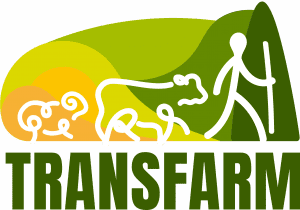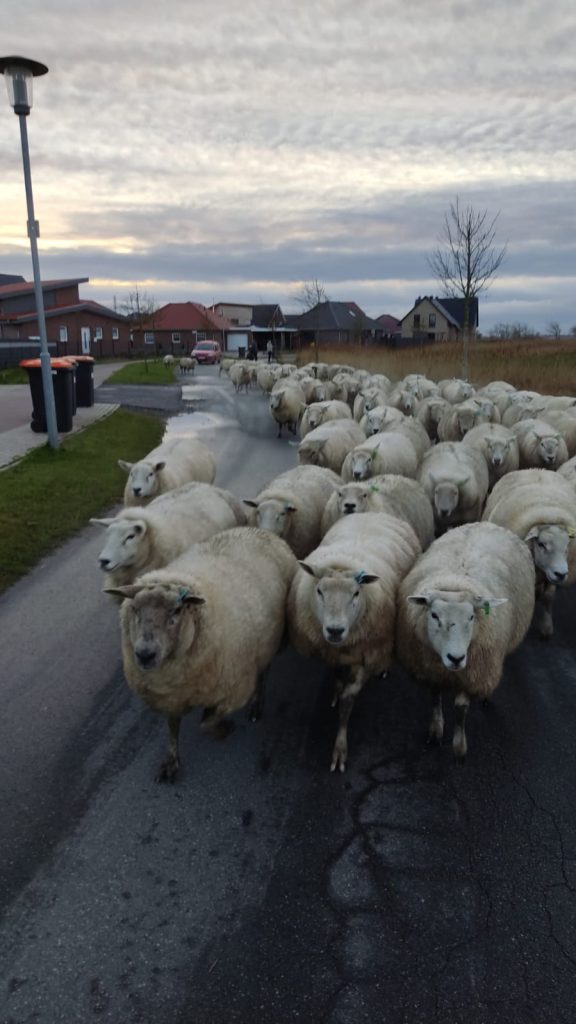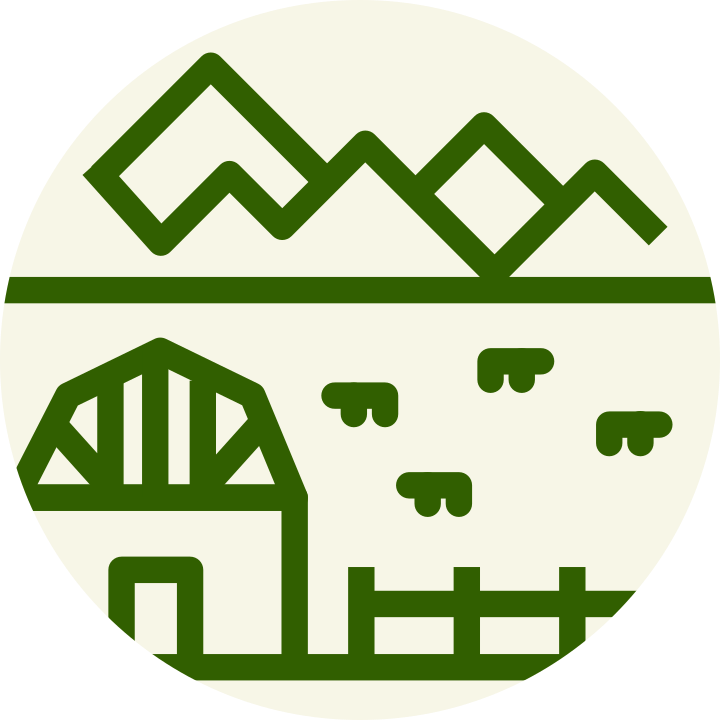Henning and Franziska Remmers moved on and took over the “Dyke Farm” in 2022. They were taking this decision after getting to know the herding and management of a sheep herd since autumn of 2019. Today the Henning Remmers is managing 100 ha of grassland, from which 80 ha are dykes. A further dyke will be included in the farmland soon.



